What is Rhythm Editing in Film?
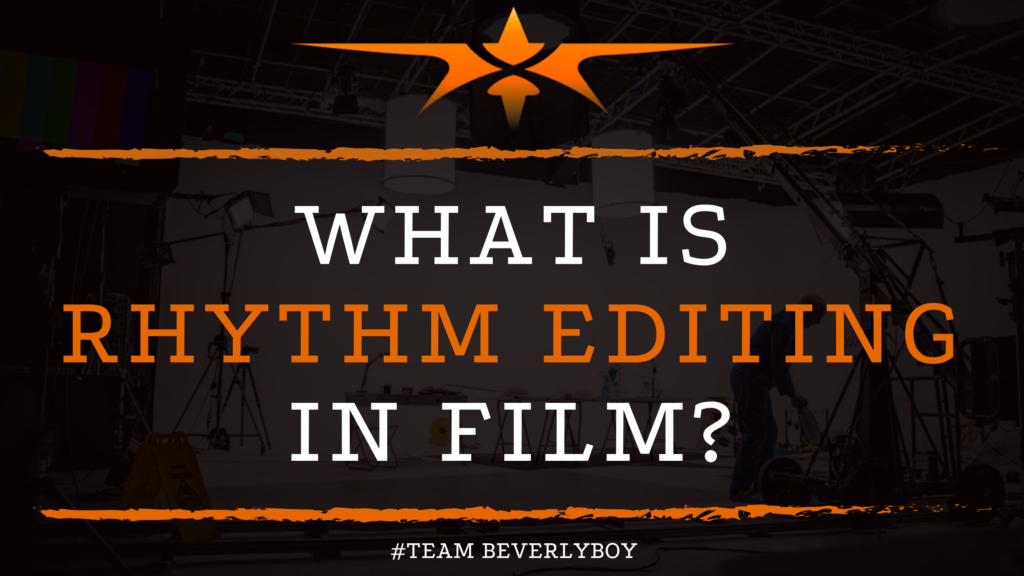
Visual rhythm is an important aspect of establishing the flow and appropriate pacing of a film. In fact, establishing visual rhythm and pace in your film is the difference. Between whether your audience spends the entire viewing experience on the end of their seat. Ready and waiting for whatever could possibly occur next. Or they’re […]
What is a Take in Film?
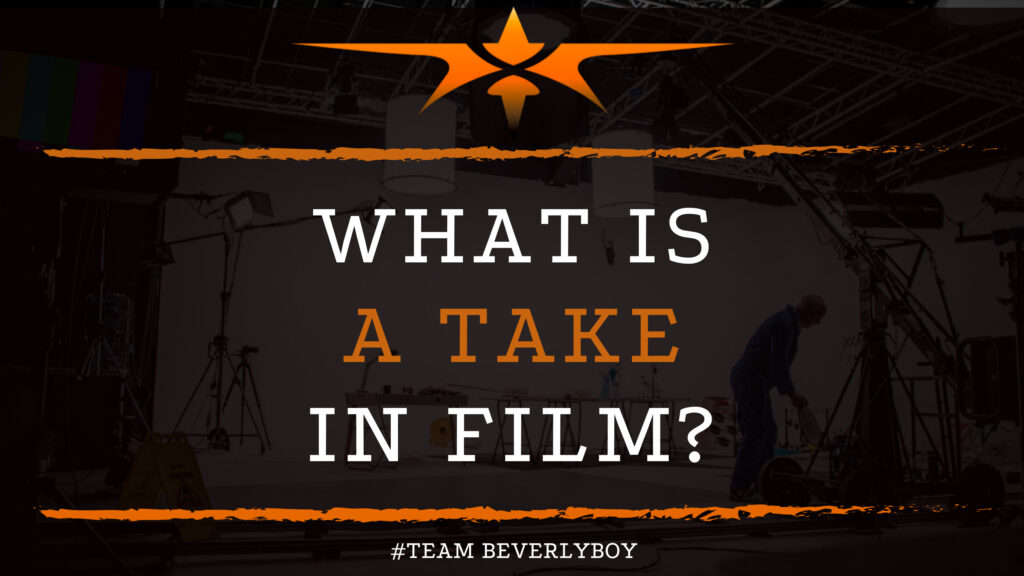
In filmmaking there are a variety of terms that are used to describe the production process from start to finish. For example, you might hear a cinematographer discuss a take, or a shot, or a scene. You’re probably wondering what it all means. What is a take in film? And what’s the difference between a […]
What is a Static Shot in Film?
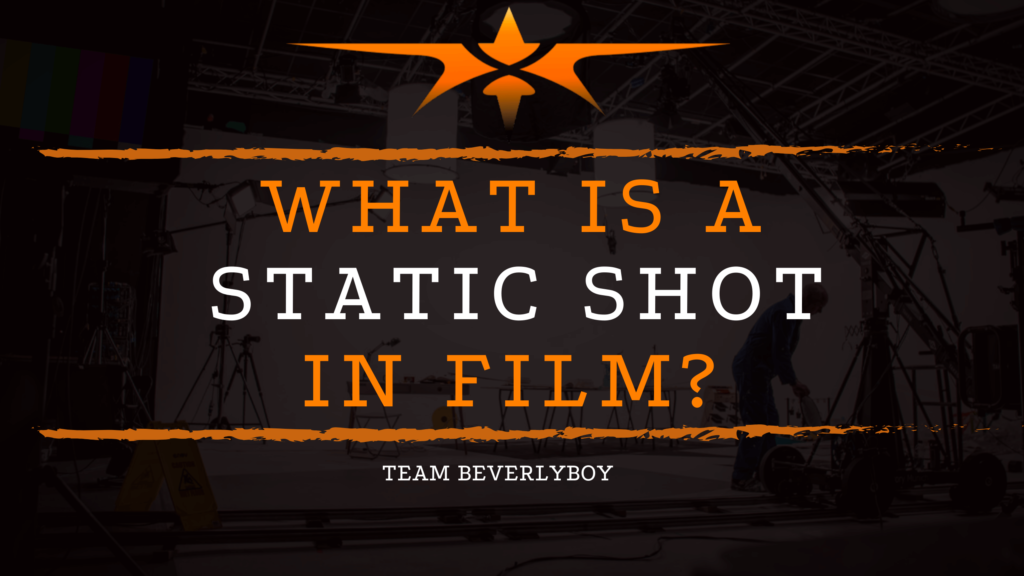
Different types of camera movements and shots are used by filmmakers. To produce the desired connections among the audience. And to showcase various elements and areas of a scene. Perhaps one of the most basic shots for a cinematographer to understand and learn. As well as one of the most useful in many ways is […]
Understanding Camera Rotation Terms in Film
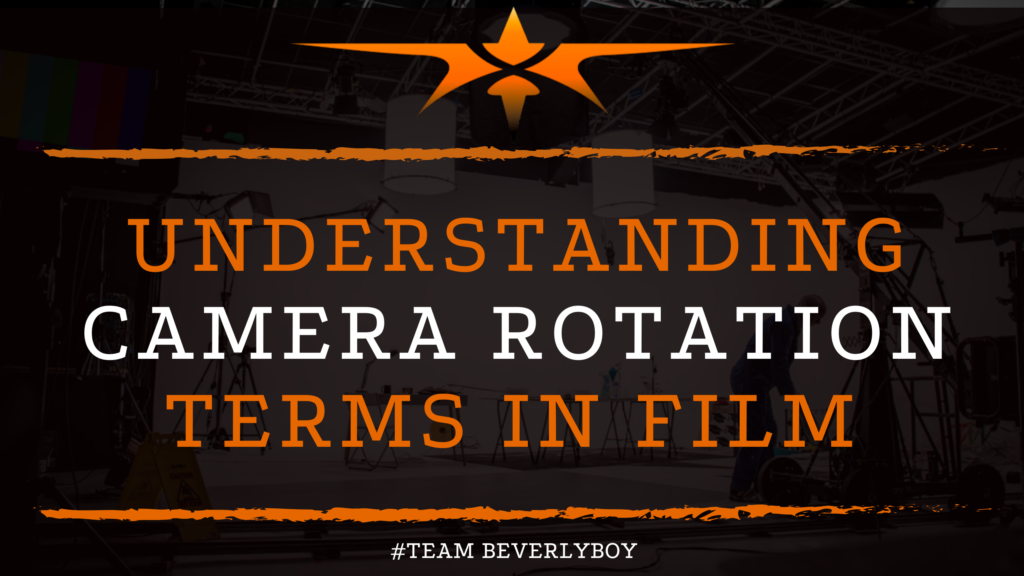
Some of the most basic forms of camera movement also involve the rotation of the camera. In fact, camera rotation terms in film include very common movements. Such as panning and tilting. For an aspiring cinematographer, understanding the various camera rotation terms in film. And what they each mean specifically, can be challenging at first. […]
If I Film at 60fps and Want to Edit to Slow mo What Should the fps Be?
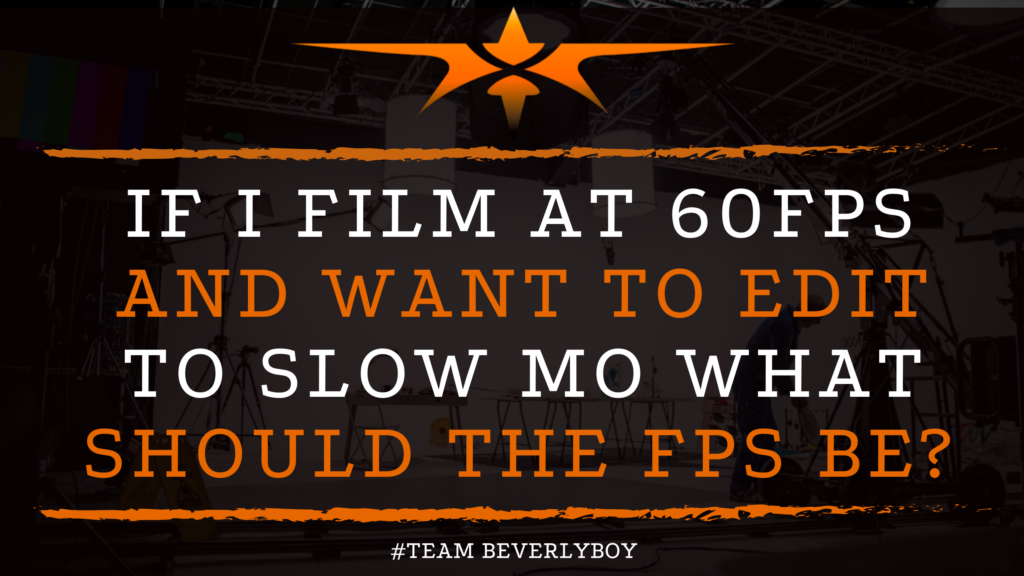
Slow motion videos can be created in a variety of ways. But are typically the result of filming an object at a speed that is faster than 30fps. And then later slowing the footage down for playback at 30fps. Understanding frame rate, and what is most useful for filming slow mo is something that many […]
What Do INT and EXT Mean in a Screenplay?
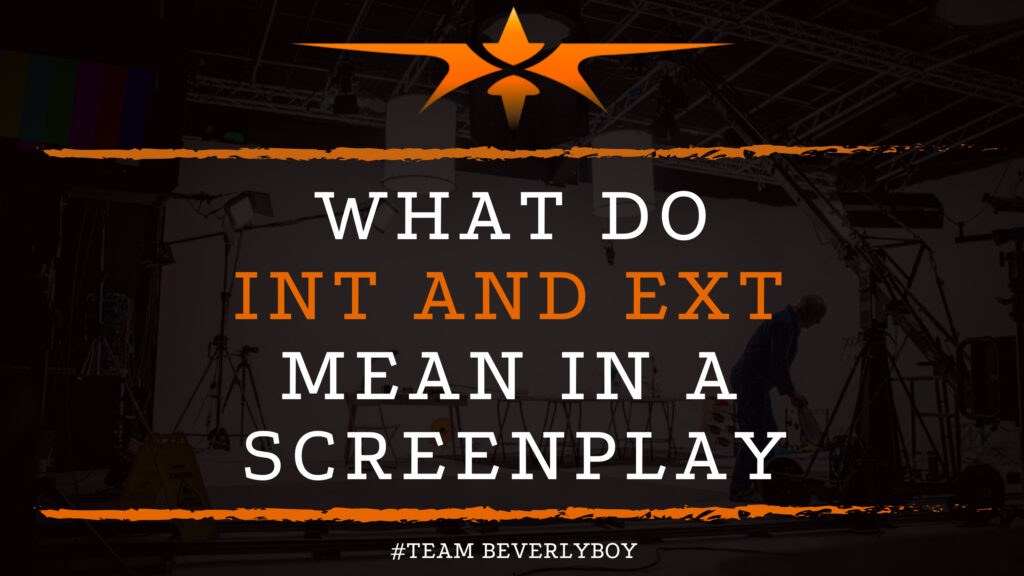
If you’re new to screenwriting, scene headings or slug lines are probably something that you’re just diving into and getting familiar with. The use of various abbreviations and other terms in a screenplay provides pertinent details. Into the setting, location, timing and other important details that the reader, camera crew, and other members of the […]
How to Write Loglines for Screenplays
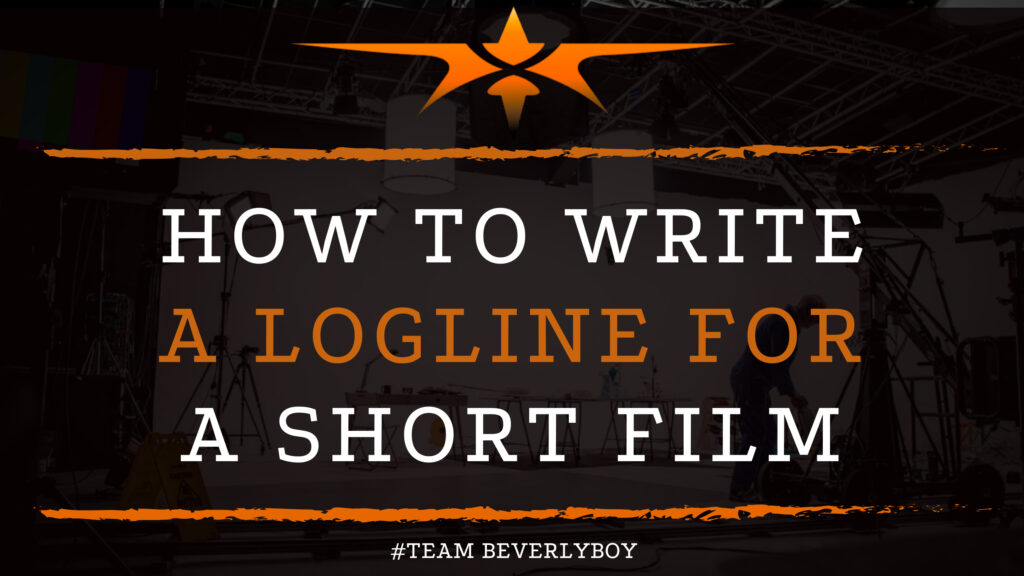
Before any screenplay is actually written it begins as a formal thought with a clearly defined narrative that hooks the reader and entices him or her to consider reading the rest of the story. Every great screenplay starts as a properly formulated & expertly written logline. In fact, no matter what stage you’re at in […]
How to Write Simultaneous Dialogue in a Screenplay
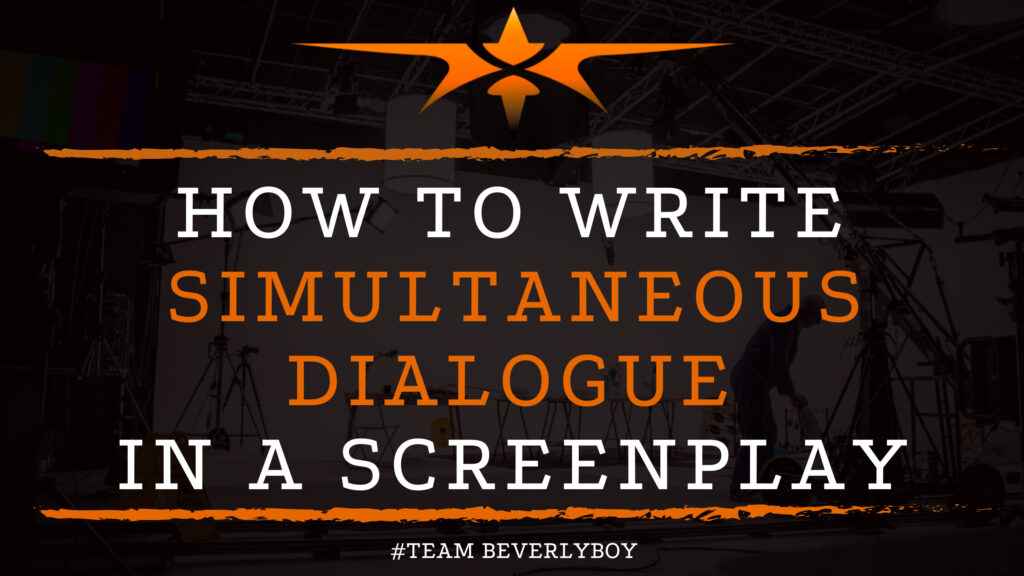
Not all dialogue is single sided or simple when it plays out, and the same is true for screenwriting. Learning how to write simultaneous dialogue in a screenplay is an important step for any screenwriter looking to enhance their dialogue and improve their screenwriting skills. How does a screenwriter denote that the dialogue taking place […]
How to Write Title Cards in a Screenplay
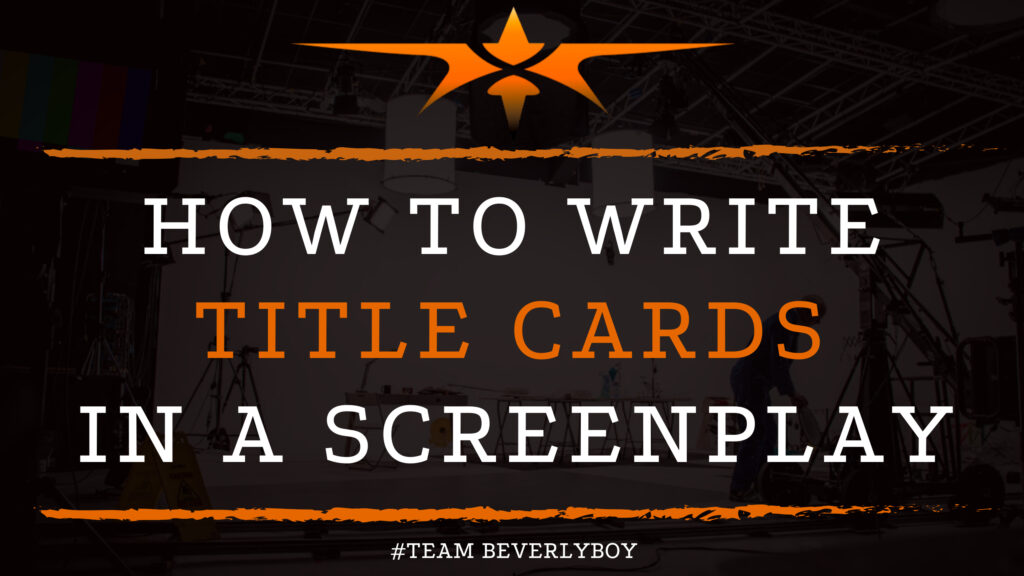
Learning how to write title cards in a screenplay is something that many screenwriters overlook at first. The opening credits, or title card sequence, represents a flash of information that generally then includes the display of the film creator’s names in an entertaining and interesting manner. The use of title cards was very common during […]
How to do Secondary Slug Lines in a Screenplay
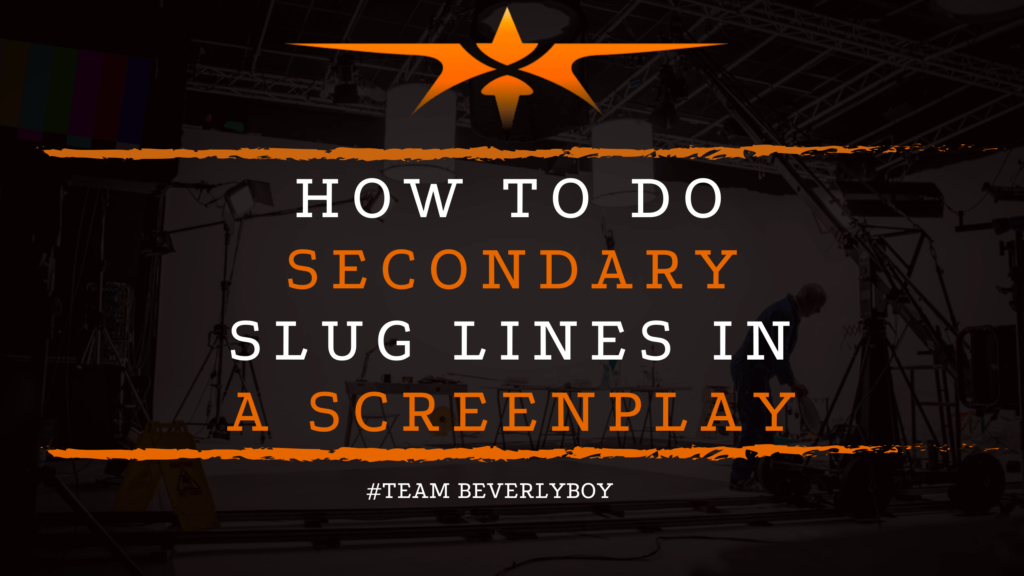
The use of scene headers, also known as slug lines, is very important in screenwriting. As it denotes the need for a particular camera setup during production setup. But despite the importance of these very basic headings. Many aspiring screenwriters are at a loss of exactly how to write them. And when to include them […]
